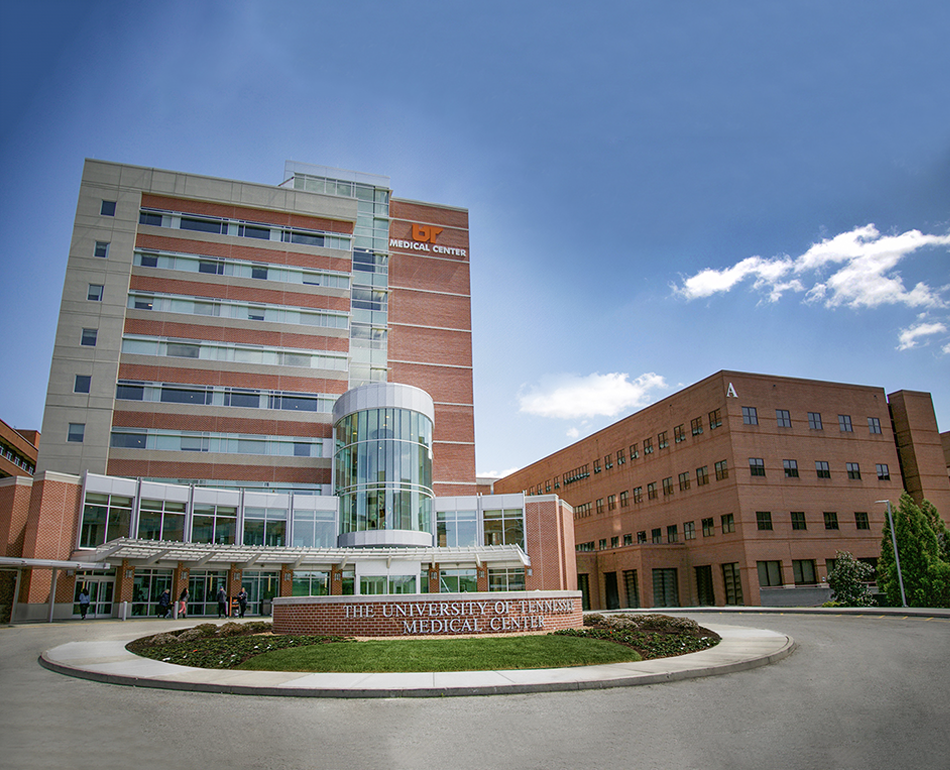Event
Why Integrations Matter for Clinical Communication
Watch Now
Organization
The University of Tennessee Medical Center
Location
Knoxville, TN
Implemented Solution
PerfectServe Clinical Collaboration
TABLE OF CONTENTS
As part of its efforts to reduce readmissions and post-procedural complications that could lead to invasive open-heart surgery, the Society for Cardiovascular Angiography and Interventions issued a statement several years back with simple guidance: All facilities should make sure to schedule follow-up appointments before cath lab patients are discharged.
The purpose of the cath lab follow-up appointment is to make sure patients are complying with their medications, to check the healing progress of wounds, and to re-dress anything that may need attention.
Becky Newport, Nurse Manager at the University of Tennessee Medical Center’s (UTMC) Catheterization Laboratory and Cardiovascular Recovery Unit, agrees about the importance of compliance:
“If we can get our patients to be compliant with their medications and wound care, then we’re in front of the complications and can hopefully prevent a readmission.“
The biggest key to ensuring compliance from patients early on, though, is efficient and convenient scheduling of follow-up appointments.
Scheduling follow-up appointments in a cath lab setting involves communicating with a few different parties. First, nurses communicate with medical assistants in the cath lab to let them know which patients need a follow-up appointment and with which cardiologist. The medical assistant then contacts the cardiologist’s office to schedule the appointment—almost always by leaving a voice message. And then the wait for a callback begins.
Sometimes a game of phone tag ensues, leaving hours—even full days—between the time when the patient is ready to be discharged and the time when the follow-up appointment is scheduled.
“At that point, it becomes a patient satisfaction issue as well,” Newport explained. “The patients are ready to go home.”
When patients get tired of waiting for their followup appointment to be scheduled, they leave. If that happens, they’re less likely to schedule and show up for a follow-up appointment.
“When patients miss followup appointments, it creates a potential financial impact for the hospital,” Newport said. “If there’s a circumstance that goes unnoticed or untreated because the patient didn’t come in for the follow-up, it could lead to a readmission. And having a readmission within 30 days of the procedure is going to have a financial impact on the hospital.“
To prevent this kind of delay, UTMC’s Catheterization Laboratory and Cardiovascular Recovery Unit began using PerfectServe Clinical Collaboration to coordinate the scheduling of follow-up appointments for discharge patients.
Used in more than 500 hospitals, PerfectServe is a secure clinical communication platform that expedites patient care by reducing call cycle times and promoting real-time collaboration between the extended care team.
Now, instead of conducting a series of calls that might take several hours to complete, medical assistants at the cath lab use PerfectServe to send appointment request details to someone who can take care of scheduling in real time.
As part of this implementation, UTMC also took advantage of PerfectServe’s automatic escalation capability. Now, if an appointment request isn’t executed within 30 minutes, a higher-level supervisor is notified and can step in to make sure the appointment gets scheduled.
Newport also said the cath lab has been able to track a significant reduction in the amount of time spent on coordinating patient follow-up appointments.
“We were able to reduce the number of phone calls going back and forth between our facility and individual cardiologist offices by 4,000 in the past year,” she said. “That’s 4,000 fewer calls, which has allowed us to improve efficiencies not only in our lab, but also in the cardiologists’ offices. It’s been a win for both sides.”
Using PerfectServe to streamline a time-consuming and inefficient process has improved the working relationship between the cath lab and cardiologist offices.
“We’re working in a better environment now,” she said. “One where the demands of our jobs—which were causing response delays—don’t create more difficulties for us. PerfectServe has reduced the amount of work it takes to get our jobs done and made it easier for us all to work together.”
By allowing follow-up appointments to be scheduled in a reasonable amount of time and before the cath lab patient is discharged, Newport said, her group can adhere to industry best practices in an efficient way.